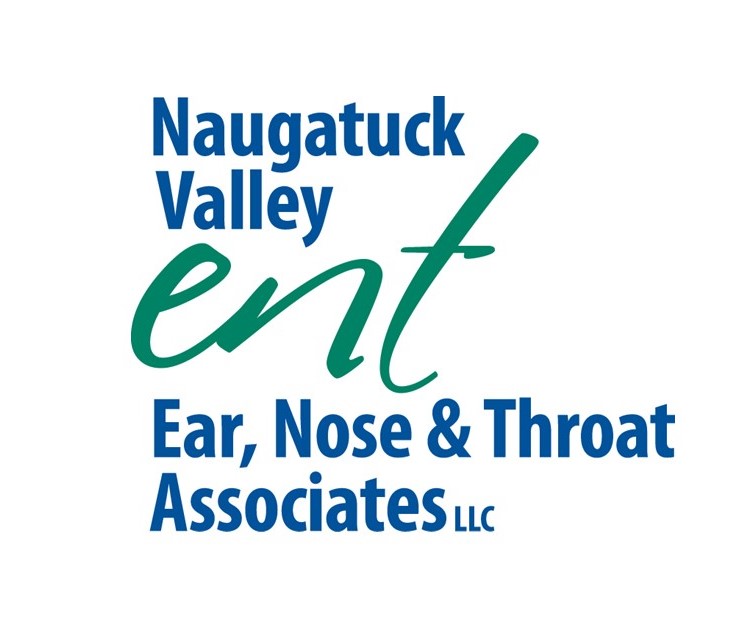When Swallowing Gets Tough | Aging and Dysphagia in Wallingford, CT
Swallowing is something most of us don’t think twice about—until it becomes difficult. Known medically as dysphagia, swallowing difficulty is a condition that becomes more common with age. More than 20% of adults over 50 experience some form of dysphagia, making it an important health consideration as our population continues to age.
How Swallowing Changes with Age
Swallowing is a complex, coordinated process involving the tongue, throat, voice box, and esophagus. Over time, natural aging leads to changes in these structures:
- Tongue size and strength may decrease.
- The throat (pharynx) and voice box (larynx) may weaken.
- The esophagus may move food more slowly.
- Sensitivity in the throat can decline, increasing the risk of aspiration.
These changes may not always lead to a noticeable problem, but for many, they can cause discomfort or health complications if not addressed.
Common Symptoms of Swallowing Difficulties
You may not realize you’re experiencing dysphagia at first. Symptoms can develop gradually and include:
- Trouble chewing or moving food from the mouth to the throat
- Food or pills feeling “stuck”
- Coughing or choking when eating or drinking
- Regurgitating food or liquids
- Recurrent lung infections
- Weight loss due to difficulty eating
These symptoms can impact quality of life and nutrition, and in some cases, may lead to more serious health concerns.
Why Does Swallowing Become Difficult?
Several factors contribute to age-related swallowing issues, including:
- Missing teeth or poor oral hygiene
- Dry mouth from medications or dehydration
- Weakening of muscles in the throat and esophagus
- Structural changes that narrow or lengthen the swallowing pathway
Even medications and lifestyle habits, such as consuming caffeinated drinks, can exacerbate dryness and discomfort.
What Can You Do?
If you or a loved one is experiencing symptoms of dysphagia, there are several steps you can take:
- Practice good oral hygiene to reduce the risk of infection and improve your chewing ability.
- Take small bites and sips, chewing food thoroughly before swallowing.
- Drink plenty of water, especially with dry foods like bread or crackers.
- Limit caffeine and medications that contribute to dry mouth, if possible.
Working with a speech-language pathologist (SLP) can be highly beneficial. These professionals are trained to identify swallowing disorders and can recommend exercises and techniques to enhance swallowing safety and efficiency.
Questions to Ask Your Doctor
It’s important to be proactive and informed. Consider asking your doctor:
- What can I do to help pills go down more easily?
- I struggle with chewing—what are my options?
- Is it normal to cough when swallowing?
- When should I seek help for food getting stuck in my throat?
- Are my symptoms related to aging, or could something else be going on?
Seeking Help & Treatment
If you or a loved one is experiencing signs of swallowing difficulty, the team at Naugatuck Valley ENT is here to help. Our board-certified physicians work closely with an in-house speech and voice pathologist to provide comprehensive evaluations and personalized treatment plans for swallowing disorders, including age-related dysphagia. Whether you’re noticing early symptoms or have ongoing concerns, we offer expert care and support to help you improve function, maintain nutrition, and enhance your quality of life. Don’t ignore the signs—schedule a consultation with Naugatuck Valley ENT today to take the first step toward safer, more comfortable swallowing.
Please Contact Us at Naugatuck Valley ENT at (203) 578-4630 to schedule an appointment.
Speech & Swallow Condition Services at Naugatuck Valley ENT
If you’re experiencing a speech or swallowing-related condition, don’t let it hinder your health and well-being any longer. At Naugatuck Valley ENT, we have the expertise and resources to diagnose, treat, and manage your conditions effectively. Our dedicated team of professionals is ready to provide exceptional care. Contact us today at (203) 578-4630 to schedule a consultation.
- Aging and Swallowing issues are common as we age. Swallowing is a complex process that changes over time, and swallowing difficulty (dysphagia) can be associated with aging. Changes in the tongue, upper throat (pharynx), vocal cords, and voice box (larynx), and lower throat (esophagus) occur with aging. It has been estimated that more than 20 percent of individuals over the age of 50 experience dysphagia.
- Ankyloglossia (Tongue-tie) is a condition where the tongue cannot move normally because it is attached to the floor of the mouth by the frenulum, which is too tight. The lingual frenulum is the band of tissue that attaches the undersurface of your tongue to the bottom part of the mouth.
- Aspiration is a medical term for accidentally inhaling your food or liquid through your vocal cords into your airway, instead of swallowing through your food pipe, or esophagus, and into your stomach. Once past the vocal folds, the food or drink enters your windpipe, or trachea, and can pass into your lungs. It happens sometimes to healthy people who have food “going down the wrong pipe” while swallowing.
- Burning Mouth Syndrome also known as glossodynia, refers to pain or a hot, burning sensation in the mouth or oral cavity. Patients usually experience it on the tongue, but some patients feel burning in multiple areas of the mouth, including the lips, top, or bottom of the mouth. As many as 15 percent of the population can experience symptoms at some point in their life, but less than one percent of patients report continuous burning symptoms.
- Cleft Lip and Cleft Palate is when the roof of your mouth is split with or without the lip being split as well. Oral clefts are one of the most common birth defects. A child can be born with both a cleft lip and cleft palate, or a cleft in just one area.
- Cricopharyngeal Muscle Dysfunction is when the cricopharyngeal muscle (CPM) in your throat malfunctions or is impaired, this can cause you to have difficulty swallowing. The top valve of your esophagus (food pipe) is called the upper esophageal sphincter (UES), or pharyngoesophageal segment (PES). The CPM separates the esophagus and throat. Unlike most muscles, the CPM remains flexed and tightly closed unless nerves signal it to relax.
- Dysphagia means that you can’t swallow well. Dysphagia is not a diagnosis; it is the symptom. Many factors may cause dysphagia, and most are temporary and non-life-threatening. In uncommon situations, swallowing difficulties can be related to a tumor or a nerve system disorder. It happens to people of all ages, but more often in the elderly.
- GERD and LPR are two conditions when acidic stomach contents flow back into the esophagus, the swallowing tube that leads from the back of the throat to the stomach. When acid repeatedly “refluxes” from the stomach into the esophagus alone, it is known as gastroesophageal reflux disease (GERD). However, if the stomach acid travels up the esophagus and spills into the throat or voice box (called the pharynx/larynx), it is known as laryngopharyngeal reflux (LPR).
- Hoarseness (also called dysphonia) is an abnormal change in the quality of your voice, making it sound raspy, strained, breathy, weak, higher or lower in pitch, inconsistent, or fatigued, often making it harder to talk. This usually happens when there is a problem in the vocal cords (or folds) of your voice box (larynx) that produce sound.
- Spasmodic Dysphonia is a voice disorder that causes involuntary spasms or contractions of the vocal cords, interrupting speech and affecting the quality of a person’s voice. The voice may sound broken, strained, or breathy depending on the type of SD. Although it can start at any time during life, SD seems to begin more often in middle-age. The disorder affects women more often than men.
- Temporo-Mandibular Joint (TMJ) Pain “TMJ” pain is a common occurrence for many people, and it refers to pain or discomfort in the Temporo-Mandibular Joint (TMJ). This is the hinge that connects your temporal bone (the bone that forms the side of the skull) and your mandible (the lower jaw) in front of your ear, making it possible for you to open and close your mouth.
- Tonsillitis also described as pharyngitis, refers to inflammation of the pharyngeal tonsils, which are lymph glands located in the back of the throat that are visible through the mouth. Typically, tonsillitis happens suddenly (acute). Some patients experience recurrent acute episodes of tonsillitis, while others develop persistent (chronic) tonsillitis.
- Tonsils and Adenoids are part of the immune system and help protect the body from disease. They “sample” bacteria and viruses that enter through the mouth or nose. Unfortunately, sometimes they can get infected or cause problems by being too large. Tonsils are the two round lumps in the back of your throat. Adenoids are high in the throat behind the nose and the roof of the mouth (referred to as your soft palate).
- Vocal Cord (Fold) Paralysis can result from abnormal function of the nerves that control your voice box muscles (laryngeal muscles). People have one set of two vocal cords, also known as vocal folds, that work together in your voice box to produce sound.
- Voice Box (Laryngeal) Cancer is not as well known by the general public as some other types of cancer, yet it is not a rare disease. The American Cancer Society estimates that there will be about 13,000 new cases of laryngeal cancer annually.
Please contact Naugatuck Valley ENT at (203) 578-4630 to set up an appointment.




